During the pre-Qin period, people dug up ice cubes in the winter and stored them in cellars for use during the hot summer. The person in charge of mining, storing, and using ice during the Zhou Dynasty was called a lingren.
No air conditioning, ancient people had ice cellars
At that time, the ice room - the place where ice was stored - was called a mausoleum, which could store ice from winter to summer. The bronze ice box called "ice chamber" was considered an ancient refrigerator.
During the Song Dynasty, the management of ice usage was even listed among the major national events along with the management of horses, salt, and tea.
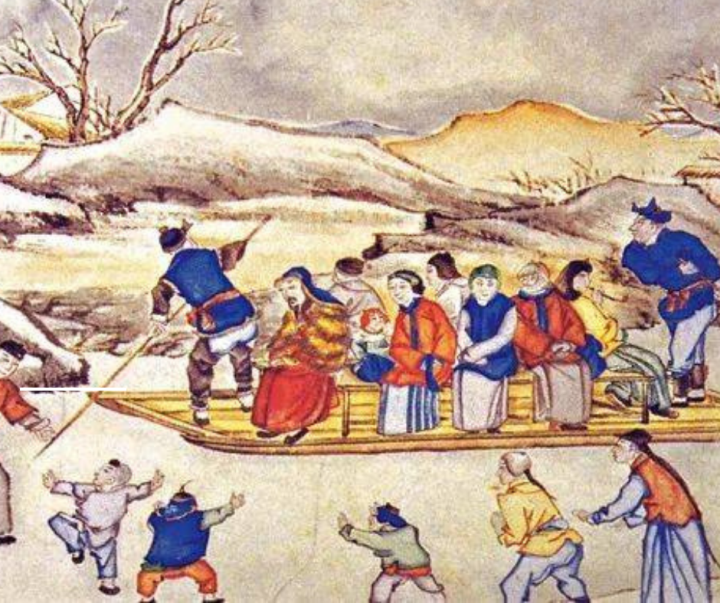
During the pre-Qin period, people dug up ice cubes in the winter and stored them in cellars for use during the hot summer.
Later, people found a way to keep the ice in basements (often called ice cellars) during the winter, so that the ice could be used the following year.
However, if preserved in this way, every year about 2/3 of the ice reserve will melt. For that reason, the ancients often increased the ice reserve to 3 times the amount of ice needed to use.
No refrigerators, ancient people had ice cubes
Ice cubes were likened to refrigerators of that time, because they were used to store and preserve food during hot summer days.
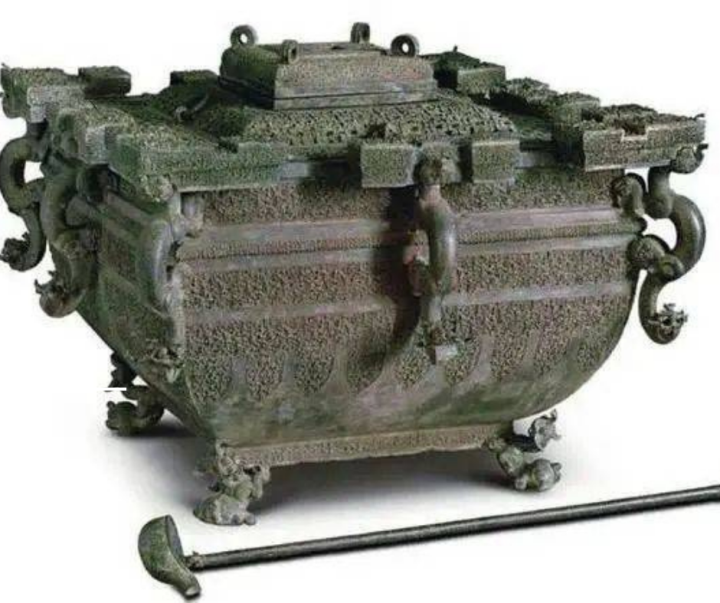
Ice cubes are likened to ancient refrigerators.
There are lifting rings on both sides of the box, and a lid on top. When the lid is opened, two layers appear inside that look like the character “回”, the outer layer is for ice, the inner layer is for items that need to be refrigerated.
Royals and aristocrats could enjoy iced drinks and chilled wines. Ice cubes were the environmentally friendly “fluoride-free refrigerators”.
No cold mat, ancient people had long sofa
The ancients used many types of beds for the summer, the most popular of which were rattan or wooden sofas. Sofas came in two types: box-shaped sofas and frame-shaped sofas.
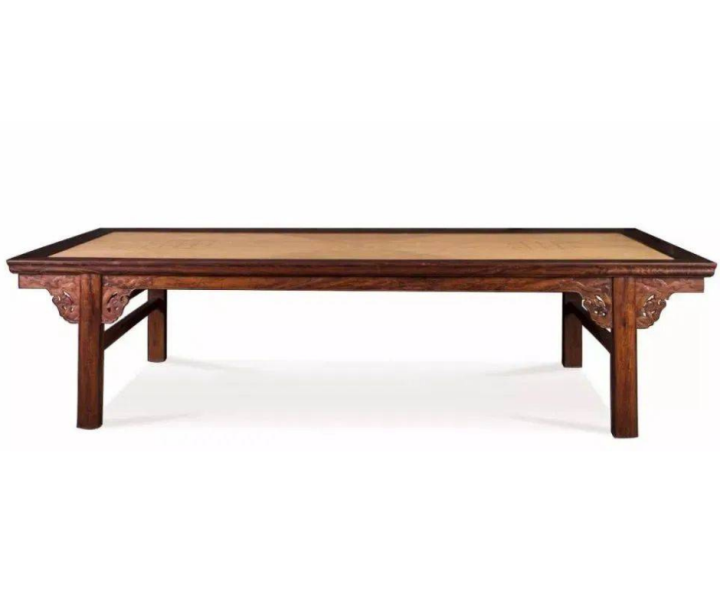
No cold mat, ancient people have long sofa.
The most important bamboo mat production area is in Qizhou, Hunan Province (China). There are many kinds of bamboo here, bright in color, light and soft. Therefore, they are very suitable for making mats.
Many poets of the Tang and Song dynasties, when mentioning Qizhou, all praised the bamboo mats of this place. Han Yu once received a bamboo mat from his good friend Zheng Qun, the mat's brilliant golden light fascinated him, and he also praised it to his family.
Besides, there is also a type of heat-avoidance item made of bamboo - Truc phu nhan (hollow bamboo pillow). It is made of bamboo strips, or a completely hollow bamboo section, with holes punched around for ventilation, creating a cool feeling when used.
The reason why the ancients gave it the elegant name of Lady Bamboo is probably because it resembles a lady when used with bedding, and it also complements the hot water kettle used in winter.
No electric fans, ancient people had round fans
The image of an old man holding a round fan and sitting under a tree to enjoy the cool breeze appears often on the streets and alleys in the South.
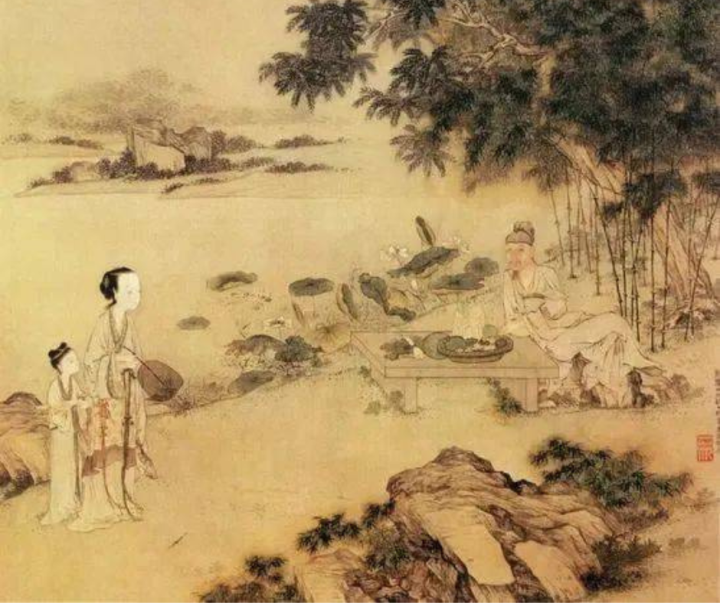
The image of an old man holding a round fan and sitting under a tree to enjoy the cool breeze appears often on the streets and alleys in the South.
The fan is a type of round fan, one of the earliest local fan styles in China with a history of thousands of years. They originated in the pre-Qin - Han period, popularized in the Tang - Song period, most of them are round in shape so they are called round fans.
In addition, the fan also has hexagonal, octagonal, drum-shaped, banana leaf-shaped and other shapes. People often use bamboo branches or thin bamboo fibers, asparagus grass to weave, which is both cheap and practical.
Ngo Nhung (Source: Sohu)
Useful
Emotion
Creative
Unique
Wrath
Source


![[Photo] Students of Binh Minh Primary School enjoy the full moon festival, receiving the joys of childhood](https://vphoto.vietnam.vn/thumb/1200x675/vietnam/resource/IMAGE/2025/10/3/8cf8abef22fe4471be400a818912cb85)




![[Photo] Prime Minister Pham Minh Chinh chairs meeting to deploy overcoming consequences of storm No. 10](https://vphoto.vietnam.vn/thumb/1200x675/vietnam/resource/IMAGE/2025/10/3/544f420dcc844463898fcbef46247d16)
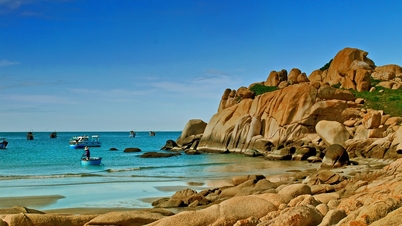





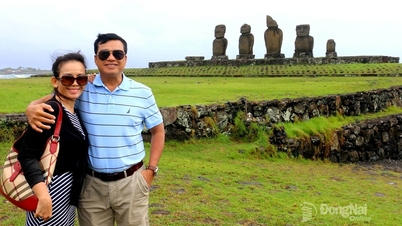


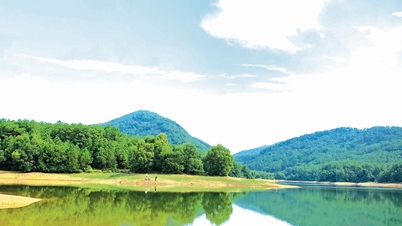


































































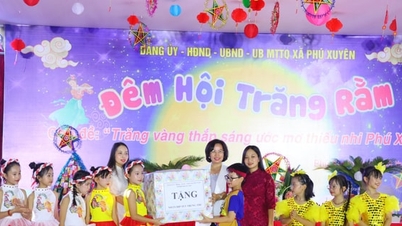

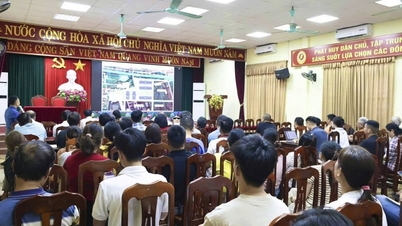
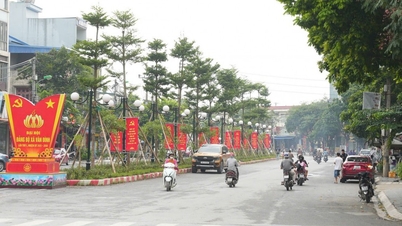
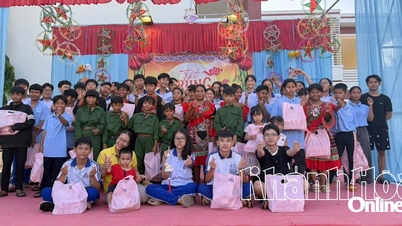

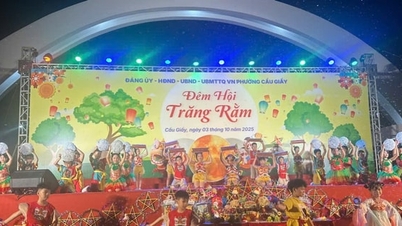
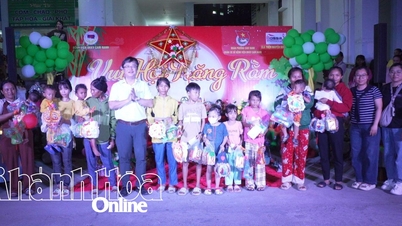












Comment (0)